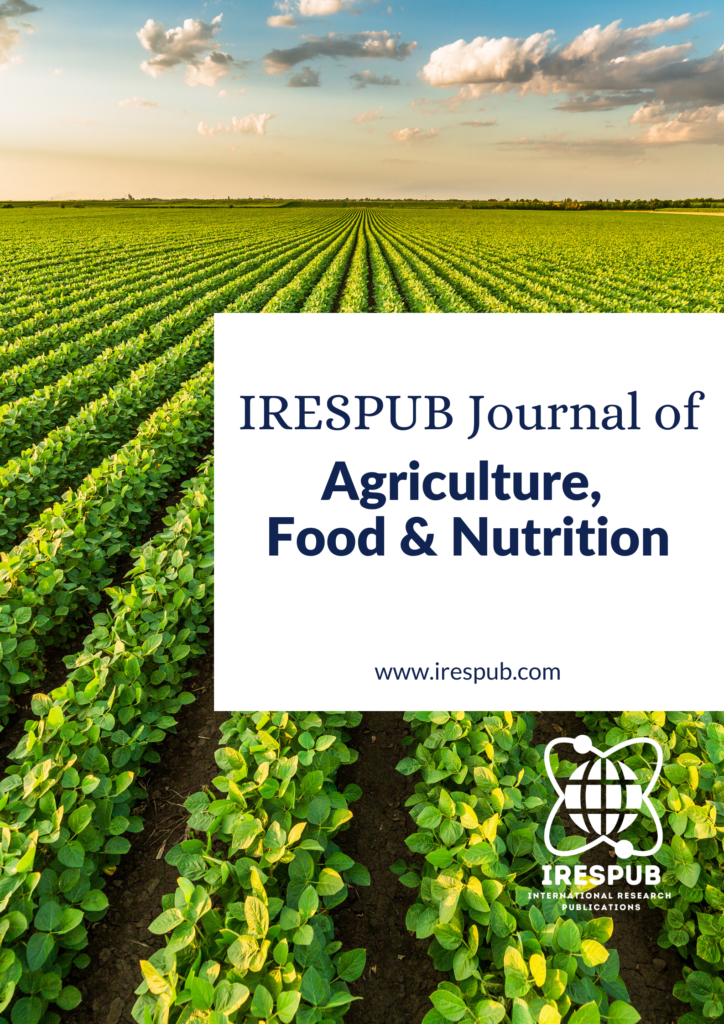
Year Launched: 2021
Journal Menu
- Scope & Research Areas
- Instructions for Authors
- Article Processing Charge
Journal List
- Natural & Applied Sciences
- Life Sciences
- Business Management
- Education & Literature
- Humanities & Cultural Studies
- Medical & Dental Sciences
- Engineering & Computer Sciences
- Agriculture, Food & Nutrition
- Environmental & Material Sciences
- Wellness & Lifestyle Management
- Arts & Ideas
- Law, Policy & Religion
Growth and yield performance of maize (Zea mays Linnaeus) in intercrop with mungbean (Vigna radiata (L) wilczek) and melon (Citrullus lanatus ThunbMansf.) at Igbariam, Anambra State
Volume 2, Issue 2, Mar-Apr 2022 | Page 1-7 | PDF (238K) | Pub. Date: March 31, 2022
Author(s)
E.E. Okoli; Department of Crop Science and Horticulture, Chukwuemeka Odumegwu Ojukwu University, P.M.B. 6059 Awka, Anambra State
Abstract
The study of Growth and yield performance of maize (Zea mays L.) as sole crop was compared with that of maize intercrop with muungbean (Vignaradiata (L.) Wilczek) and melon (CitrulluslunatusThunbMansf.) atIgbariamAnambra State. The experiment was conducted during May -July, 2017 farming season in the Teaching and Research Farm of Crop Science and Horticulture, Chukwuemekaodumegwuojokwu University, Anambra state. The treatments were sole maize (control), maize/mungbean intercrop, maize/melon intercrop and maize/mungbean/melon intercrop and were arranged in a Randomized Complete Block Design (RCBD) with 4 replications. Maize seeds were planted at spacing of 75cmx25cm in each plot; Mungbean and melon seeds were planted in the intercrop plots at spacing of 0.60mx0.60m and 0.40mx0.40m, respectively. Results showed that maize/mungbean produced the highest mean plant height (48.04) and (96.10) at 4and 6 WAP, maize/mungbean/melon produced highest mean number of leaves (12.92). Also, maize/mungbean recorded the highest mean stem girth (6.89). However, observations in these parameters were significantly different (p<0.05) from that of maize in maize/mungbean intercrop, but were not significantly different (p<0.05) from that of maize in maize/melon intercrop, while there could have been ‘mutual cooperation’ of maize with mungbean. In terms of yield, there was no significant difference in the grain yield, biological yield and 1000 seed weight measured. It was concluded that mungbean can serve as compatible component in intercropping system involving maize.
Keywords
performance of maize; melon; mungbean; intercropping; igbariam; Anambra state
Cite this paper
Okoli, E. E. (2022), Growth and yield performance of maize (Zea mays Linnaeus) in intercrop with mungbean (Vigna radiata (L) wilczek) and melon (Citrullus lanatus ThunbMansf.) at Igbariam, Anambra State, IRESPUB Journal of Agriculture, Food & Nutrition. Volume 2, Issue 2, Mar-Apr 2022, Page 8-13
References
[1] Adesoji, A. G., Abubakar, I. U., Tanimu, B., & Labe, D. A. (2013). Influence of Incorporated short duration legume fallow and nitrogen on maize (Zea mays L.) growth and development in northern guinea savannah of Nigeria.American-EuroasianJ. Agric.And Env. Sci., 13(1), 58-67.
[2] Ali, S., & Mohammad, H. S. (2012). Forage yield and quality in intercropping of forage corn with different cultivars of berseem clover in different levels of nitrogen fertilizer. Journal of Food, Agriculture and Environment, 10(1), 602-604.
[3] Atri, A., R Javanshir, M Moghaddam& M Shakiba, Iranian J AgricSci, 2000.
[4] Badifu, G.I.O. and Ogunsa, A.O. (1991), “Chemical composition of kernels from some species of curcubitaceae grown in Nigeria”, Plant Foods and Human Nutrition, Vol. 41, pp. 35-44.
[5] Carr, P.M., R.D. Horsely and W.W. Poland, 19.Onuh, M.O. & A.A. Igwemma, 2001. Barley, oat and cereal-pea mixtures as dryland forage in the Northern Great Plains. Agron. J., Sciences. Skilmark Media, Owerri, pp: 341.
[6] Carruthers, K., B. Prithiviraji, O. Fe, D. Clouther.R.C. Martin & D.L. Smith, 2005.Intercropping corn with soybean, lupin and forages: yield componentEuropean J. Agronomy, prone to end of season drought. Experimental Agri., 12: 103-115.
[7] DarayeeMofrad A, MS thesis of agronomy, Lorestan University (Lorestan, Iran, 2007).
[8] Groote, H.M. (2002). Identifying farmers preference for new maize varieties in Eastern Africa, 1st edition, Cimmyt Publishers, Nairobi, pp 102.
[9] Hugar, H.Y. and Palled, Y.B. (2008). “Studies on maize-vegetable intercropping systems”, Karnataka Journal of Agricultural Science, Vol. 21, pp. 162-164.
[10] Ijoyah, M. O., &Fanen, F. T. (2012).Effects of different cropping pattern on performance of maize-soybean mixture in Makurdi, Nigeria.J. Crop Sci., 1(2), 39-47.
[11] Iken, J.E. and Amusa, N.A. (2004), “Maize research and production in Nigeria”, African Journal of Biotechnology, Vol. 3, pp. 302-307.
[12] Maluleke, M. H., Bediako, A. A., &Ayisi, K. K. (2005). Influence of maize-lablab intercropping on Lepidopterous stem borer infestation in maize. J. Entom., 98, 384-388. http://dx.doi.org/10.1603/0022-0493-98.2.384
[13] Ogbonna, P.E. and Obi, I.U. (2010), Aspects of reproductive character of egusi melon. Proceedings of the 34th Annual Conference of Genetics Society of Nigeria, pp. 22-27.
[14] Oyolu, C. and Macfarlance, N. (1982), “A study of the oil and the soluble protein components of five egusi cultivars”, In abstracts on Tropical Agriculture, Vo. 10 No. 1, pp. 104.
[15] Poggio, S.L. (2005), “Structure of weed communities occurring in monoculture and intercropping of field pea and barley”, Agric. Ecosystem Environment, Vol. 109, pp. 48-58.
[16] Thole, A. (2007).Adaptability of soybeans [Glycine max(L)merr] varieties to intercropping under leaf stripped and detasselled Maize (Zea mays L.). M. Sc thesis, Department of crop science, University of Zimbabwe.
[17] Tindall, H.D. (1986), Vegetables in the Tropics, 1st edition, Macmillan Publishers, Hong Kong, pp. 325-327.
[18] Uzozie, P.R. (2001), “Effect of time of interplanting maize on the performance of cassava-maize intercrop”, Journal of Agricultural Science, Vol. 12, pp. 18-21.

